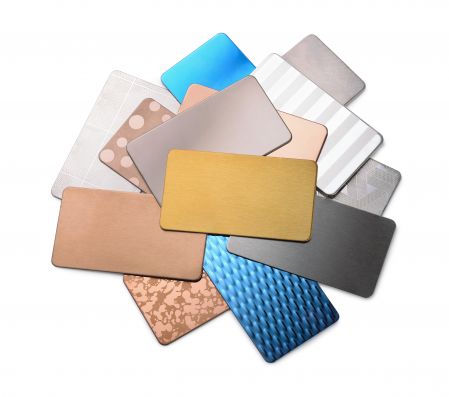
Anodising is a widely used treatment method for aluminium. The name is derived from 'anodic oxidation', as the process was called in the early days. But what does anodising do and how does the process work? And where is anodised aluminium used? Discover this and more in this blog!
Anodising is the name for a treatment method of aluminium in which an electrochemical process is used to form an oxide layer on the material. This allows the oxide layer to form a protective layer on the aluminium. What is unique, is that no additional layer is applied to the aluminium during anodising. Anodising creates a layer that is built up from the existing aluminium. The oxide layer is fully integrated in the material and forms a strong molecular compound.
Anodising: various thicknesses for various applications
The anodisation can take place in different layer thicknesses, depending on the desired application of the material. A distinction is made here between layers of 5, 10, 15, 20 and 25 microns. Applications in indoor locations already comply with a layer thickness of 5-10 microns. For external locations, a thickness of 15 to 20 microns usually applies. The extreme, 25 microns, is used in operations where endurance is high in terms of the environment. Think of use along the coast, where the salty sea air exerts influence, or in industrial environments where many heavy chemicals are used.
Benefits of anodising
Why would you anodise aluminium? The main reason for anodising is to protect the aluminium. Thanks to the process, corrosion resistance increases and the material retains its appearance for longer. Anodising creates a hard, wear-resistant layer that properly protects the underlying aluminium. That in turn is positive in terms of aluminium's durability making it an extremely durable building material.
The oxide layer is not purely for protection: the decorative value should also not be forgotten. Anodisation also means that aluminium can take on various colours. Certain pre-treatments can also be applied to enhance the material.
Cleaning anodised aluminium
It is extremely important to be very careful when cleaning anodised aluminium. pH neutral detergents should be used when doing so as they do not affect the anodised material. The main advantage of anodised aluminium is its low maintenance requirement. Under normal circumstances, where the material is naturally cleaned by rain and is not in a heavy industrial environment, one-off annual cleaning is enough. Under more extreme conditions it is recommended that the aluminium is cleaned twice a year.
All in all, anodising ensures that we can enjoy aluminium for longer. It provides a durable and resilient material, suitable for many applications around the world.




